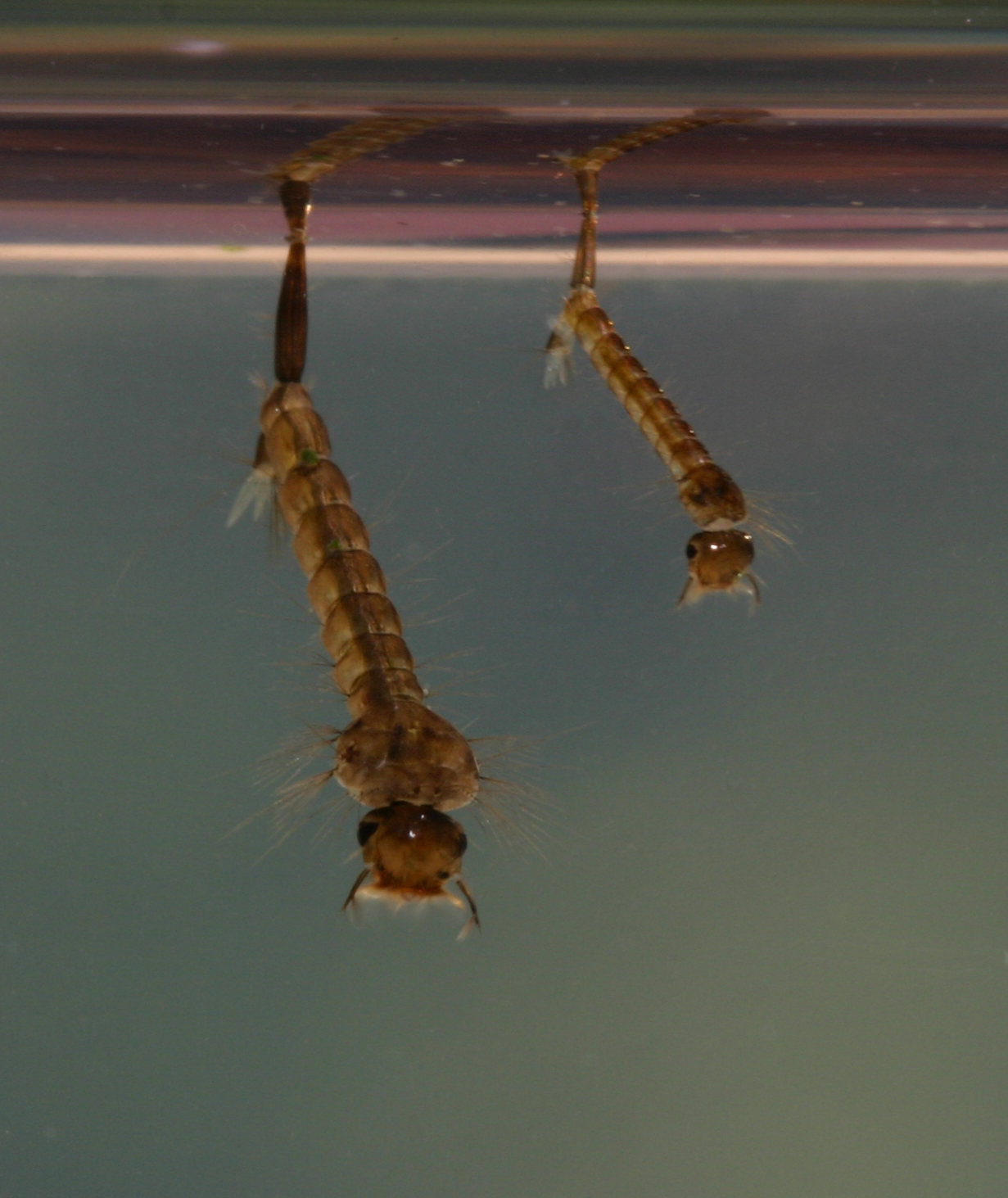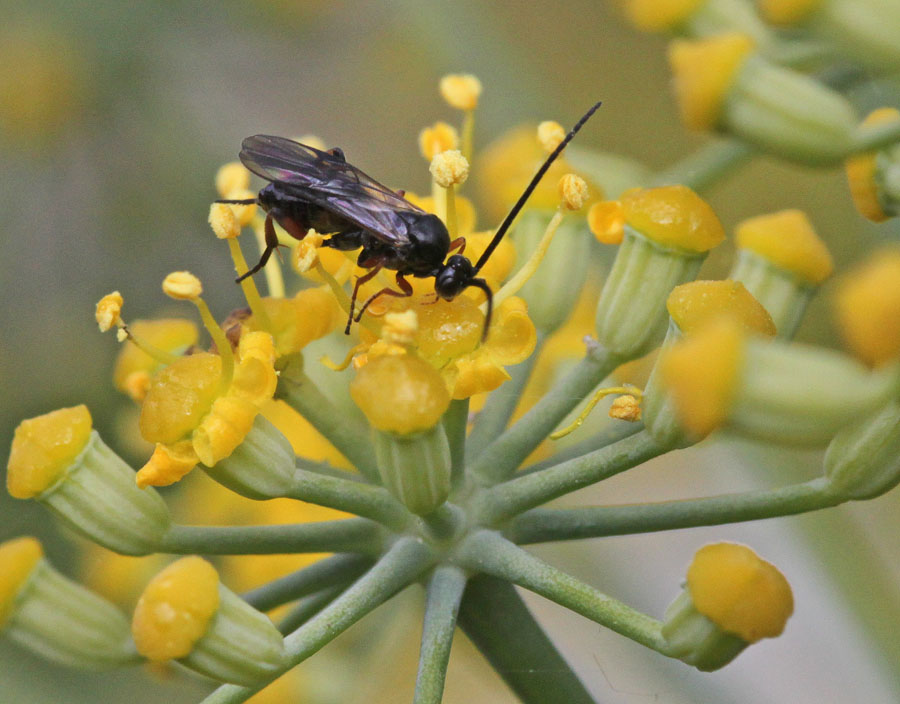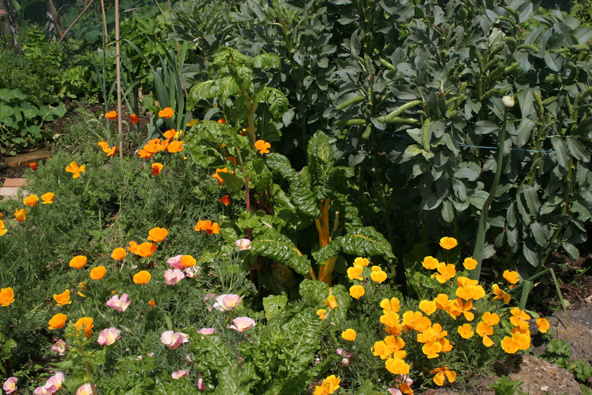I’ve recently been reading a few books about Bees and Bumblebees; in the past I worked on mosquitoes and beneficial pest controllers, got stung by a Japanese hornet (no, not the “giant murder hornet”, but it was big and it did hurt!) and slowly come to the conclusion that entomology should have been my hobby a lot earlier in life.
There are so many stories!
We know Honeybees and Bumblebees as “pollinators” of flowers, especially our food crops. In this insect group (Hymenoptera) the Honeybees and the four species of Bumbles are all exotic creatures imported as slave labour. Without them our diet would look a lot poorer.
As gardeners we know too well that these pollinators are welcome visitors to our garden: my tomatoes would never fruit without those bumblebees; (the honeybees never get into my tunnel house – tomato is not their gig!).
Every pollinator has its own range of flowers to work on – the reward, of course, is to extract some nectar to feed babies and queens.
This teaches us to create a heap of “wildflowers” under the apples, pears, plums and peaches, near raspberries and strawberries. The diversity of these wildflowers attracts a wide range of pollinators.
It is exactly what you’d need as a TEACHER if you want to do a unit on bumble bees, or a topic for “mini-beasts” in the curriculum; identify what visits which flower.
But these wildflowers also attract other nectar hunters: mosquitoes! Males only – they are the pollinators! They also fertilise the females who then lay eggs on the edge of ponds and water features.
Woah! Hang on for a moment!! I know what you’re saying…
The mosquito wrigglers grow up in the pond/water feature, where they consume the bacterial soup that makes those water habitats so “dirty looking”; Mozzie larvae clean your water!
 Water cleaning mosquito wrigglers. Photo / Supplied
Water cleaning mosquito wrigglers. Photo / Supplied
Last but not least: the variety of flowers you plant in your garden also attract a variety of pollinating flies, beetles and parasitic wasps. Those flies and beetles give birth to babies (larvae) that are often predators of aphids, mealybugs and scale insects, as well as caterpillars and other plant “pests”.
The Parasitic wasps (pareasitoids) will lay eggs inside their host; these eggs hatch into wasp larvae that will devour your garden “pests” from the inside-out, controlling a heap of damaging insects that give your plants a hard time.
 Parasitoid on Fennel. Photo / Supplied.
Parasitoid on Fennel. Photo / Supplied.
For every job an insect does certain plant species receive a benefit; everything is connected to everything else…
This why my garden has many different species of flowering plants, spread willy-nilly under fruit trees and near vegetables.
I also make sure there are bumble bee nest boxes near my tomatoes and small bamboo “bug motels” in which some tiny native, parasitic wasps create their home …
The more bio-diversity, the fewer troubles in your quarter acre paradise!
Take your Radio, Podcasts and Music with you










